Trivia question for Nov-27-2011
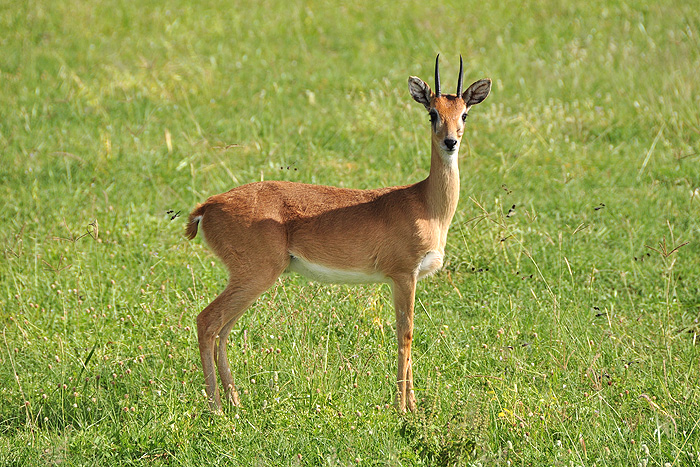
These guys fall prey to numerous animals including lions, leopards, caracals, hyenas, hunting dogs, jackals, crocodiles and pythons. Young are also taken by eagles, genets and other small carnivores.
Trivia question for Nov-26-2011
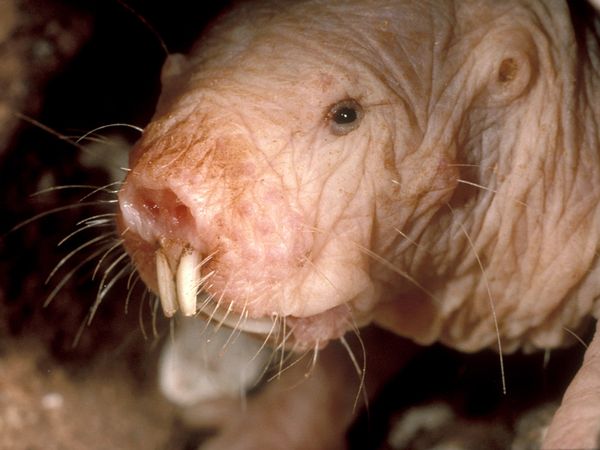
These guys feed primarily on very large tubers (weighing as much as 1000 times their body weight) that they find deep underground through their mining operations, but also eat their own feces. (Tubers are various types of modified plant structures that are enlarged to store nutrients) A single tuber can provide a colony with a long-term source of food—lasting for months, or even years, as they eat the inside but leave the outside, allowing the tuber to regenerate.
Trivia question for Nov-25-2011
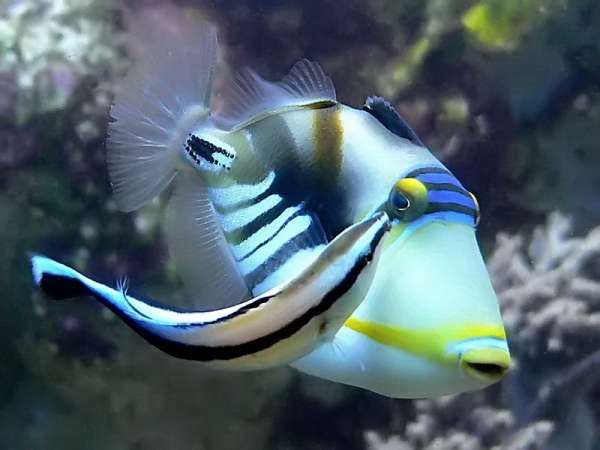
These fish usually can be found around cleaning stations. The bigger fishes recognize them because they have a lateral stripe along the length of the body and their movement patterns. Upon recognizing them and successfully soliciting its attention client fish adopt a species specific pose to allow the these fish access to its body surface, gills and sometimes mouth.
Trivia question for Nov-24-2011
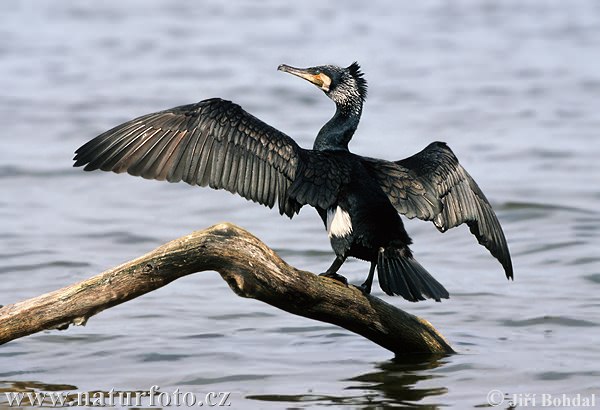
These birds breed mainly on coasts, nesting on cliffs or in trees (which are eventually killed by the droppings), but also increasingly inland. 3-4 eggs are laid in a nest of seaweed or twigs. They can dive to considerable depths, but often feeds in shallow water. It frequently brings prey to the surface. A wide variety of fish are taken: they are often noticed eating eels, but this may reflect the considerable time taken to subdue an eel and position it for swallowing, rather than any dominance of eels in the diet.
Trivia question for Nov-23-2011
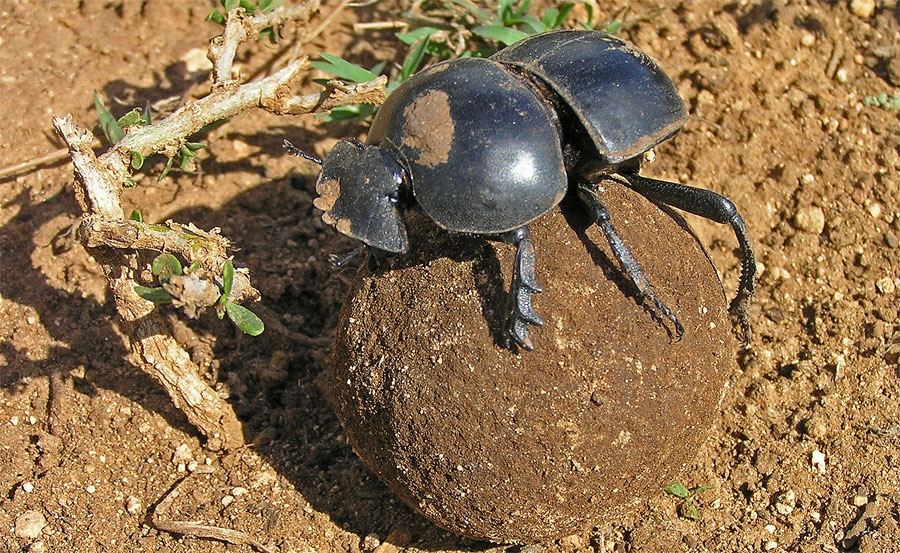
Some species of this insect ‘drone’ quite loudly as they fly, like mechanical toys. These guys provide a waste disposal service. By collecting and feeding on their favorite food, these guys recycle material that would otherwise quickly swamp the landscape. These guys reach sexual maturity within 3-9 months and their breeding season is in the early summer in temperate climates: and all year long in tropical regions.
Trivia question for Nov-22-2011
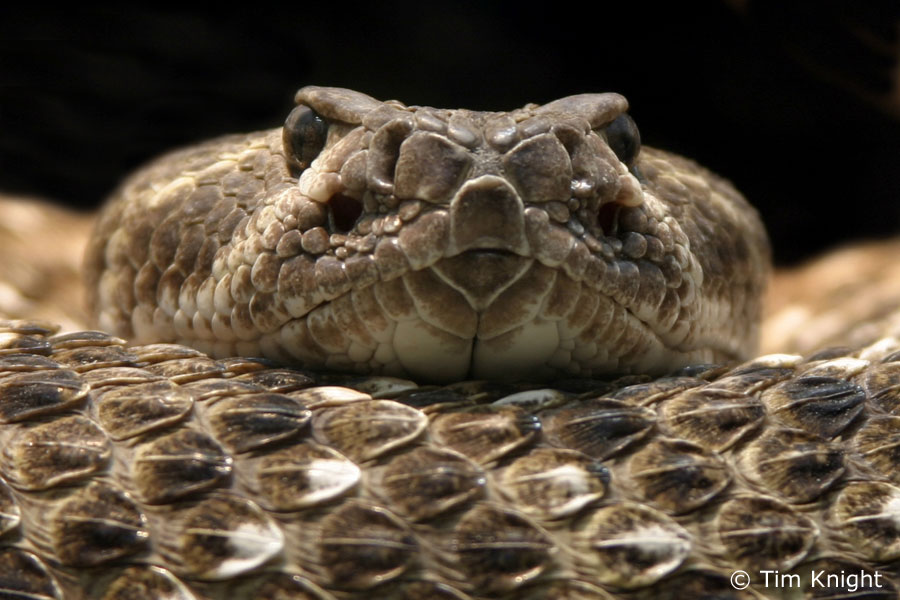
Life expectancy is more than 20 years, but is typically shorter because of hunting and human expansion. Solitary outside of mating season, they are one of the more aggressive snake species found in North America because they rarely back away from confrontation. When threatened they usually coil and rattle to warn aggressors
Trivia question for Nov-21-2011
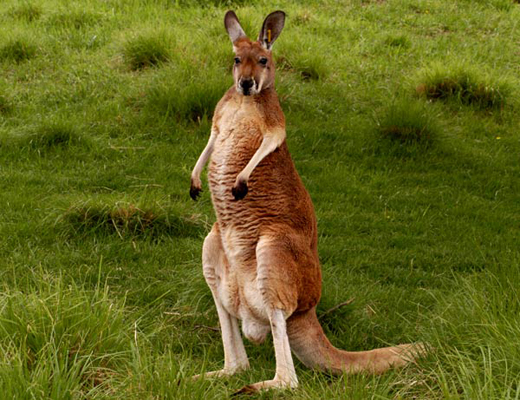
These kangaroos will associate in small groups of 2-4 members. The most common groups are females with young-at-foot. In areas with higher densities of kangaroos, females coalesce in larger groups usually with one male. Membership of these groups is very flexible, and males (boomers) are not territorial, fighting only over females (flyers) that come into heat.
Trivia question for Nov-20-2011
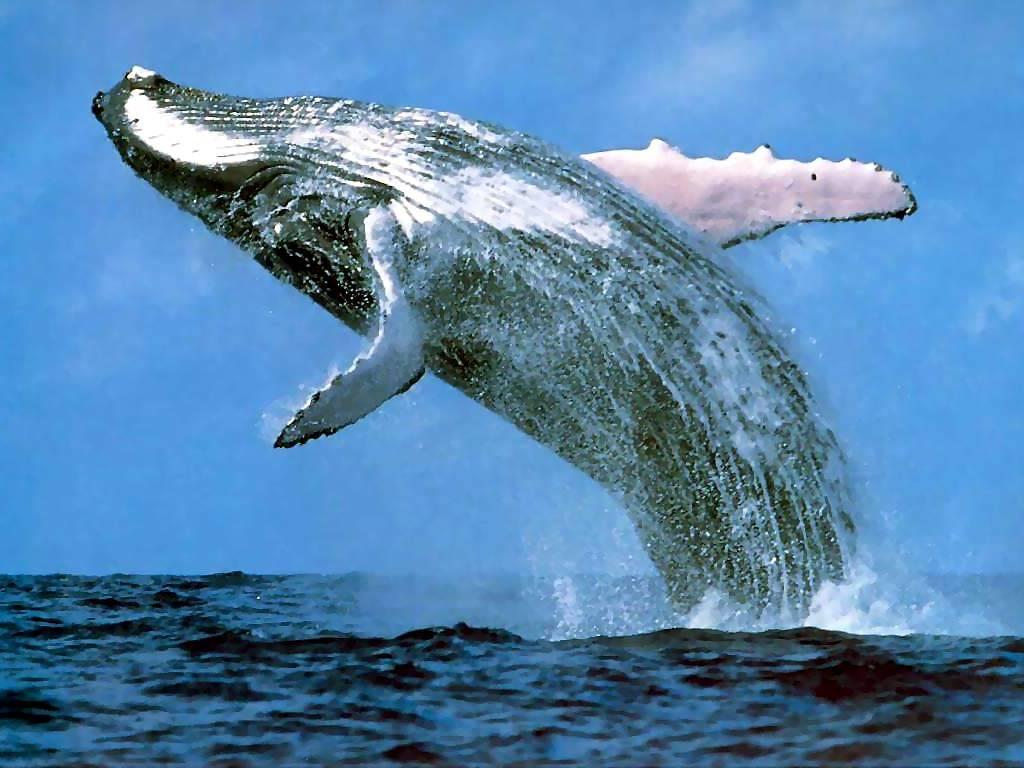
Like other large whales, these whales were and still are target for the whaling industry. Due to over-hunting, its population fell by an estimated 90% before a whaling moratorium was introduced in 1966. Stocks have since partially recovered; however, entanglement in fishing gear, collisions with ships, and noise pollution also remain concerns.
Trivia question for Nov-19-2011
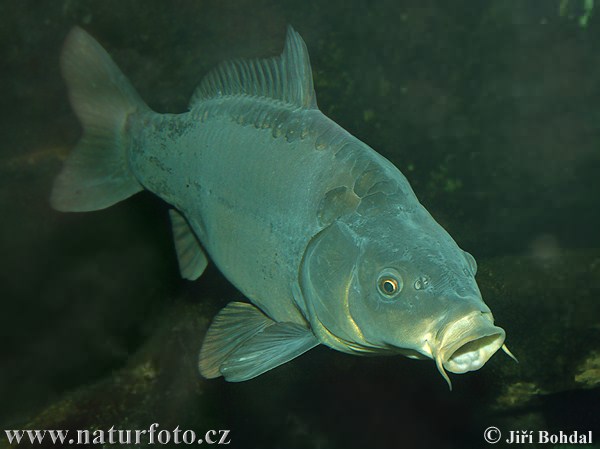
Eating these fish at Christmas is specific to Central European region. Since Middle Ages, people have eaten it during fasting, because just as other fish, these fish were not considered as meat.
Trivia question for Nov-18-2011
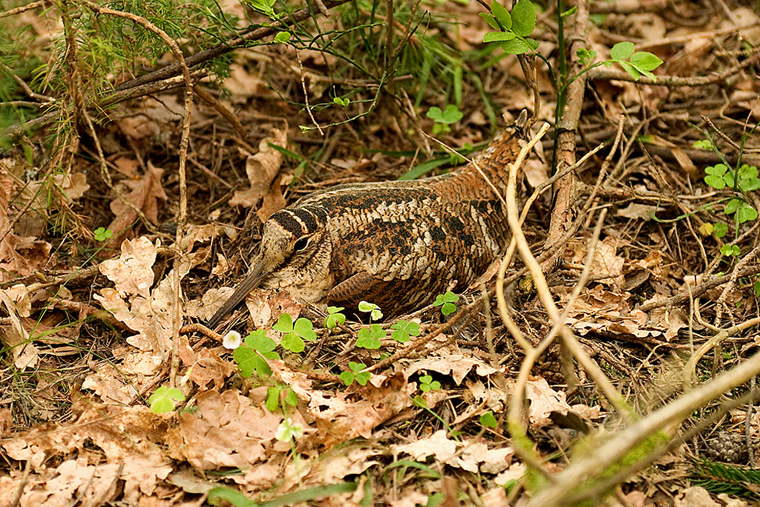
These birds are crepuscular (most active at dawn and dusk) and rarely active during the day unless flushed, when they fly off with a whirring wing noise. The flight is somewhat owl- or bat-like; they fly fast and direct while migrating or crossing open country, but fly erratically with twisting and fluttering once in woodland.
Trivia question for Nov-17-2011
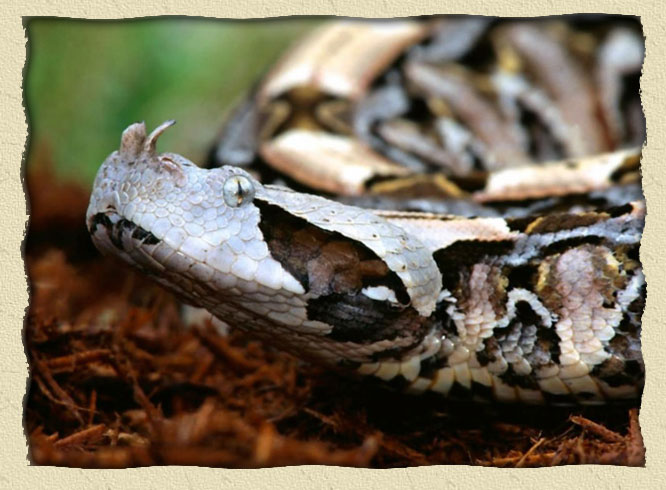
These guys have the longest fangs of any snake, measuring up to 2-inches long. They are also the heaviest of the world’s poisonous snakes, reaching weights of up to 25-lbs.
Trivia question for Nov-16-2011
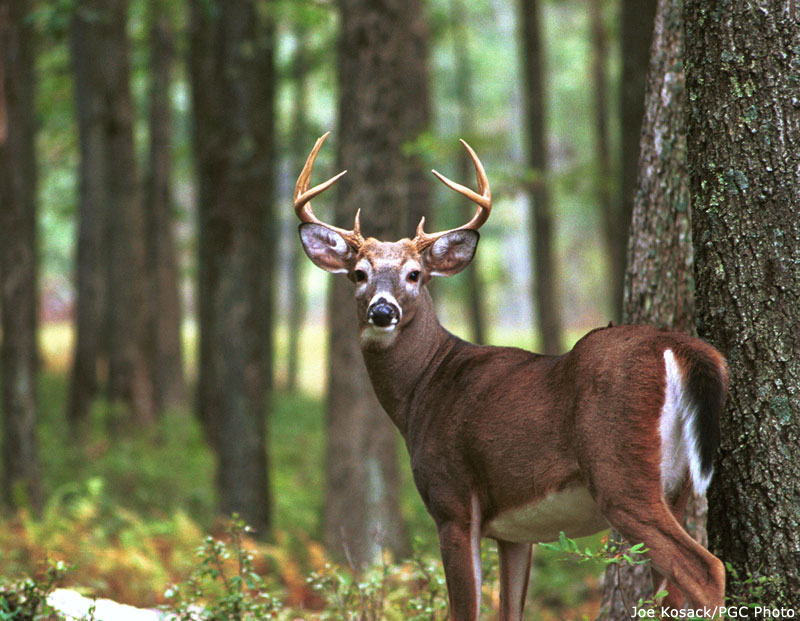
Their diet varies by season according to availability of food sources. They will also eat hay, grass, white clover, and other food that they can find in a farm yard. These deer have been known to opportunistically feed on nesting songbirds, field mice, and birds trapped in Mist nets.
Trivia question for Nov-15-2011
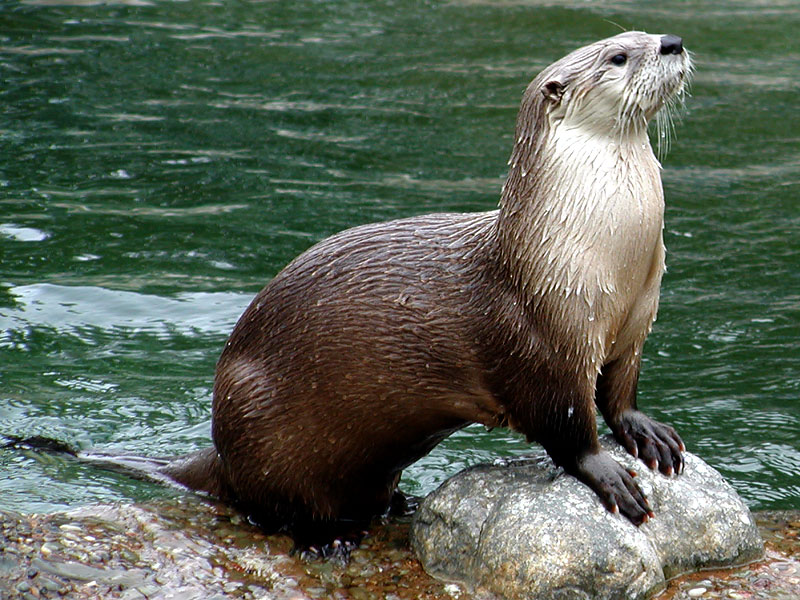
These poor animals are very susceptible to environmental pollution, which is a likely factor in the continued decline of their numbers. A number of reintroduction projects have been initiated to help stabilize the reduction in the overall population.
2011 Youth Ocean Conservation Summit

Olivia and Carter were invited to be speakers at this years 2011 Youth Ocean Summit hosted by the ‘Stow It Don’t Throw It’ organization. The inaugural event was held at the Mote Marine Laboratory in beautiful Sarasota FL.
Trivia question for Nov-14-2011
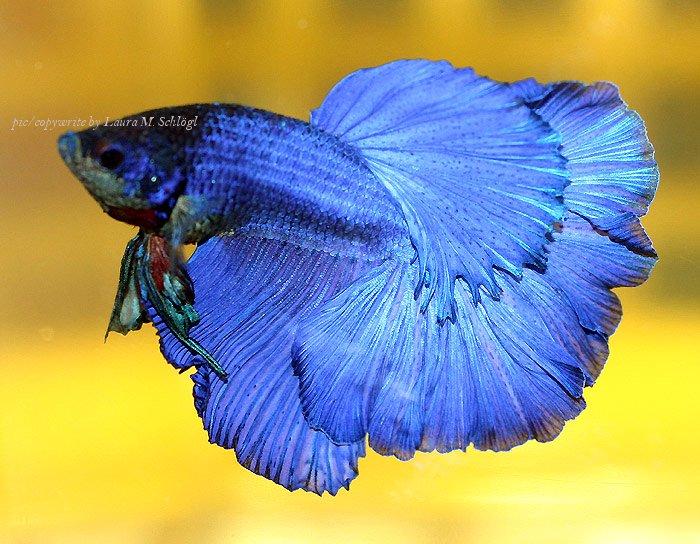
These fish have upturned mouths and are primarily carnivorous surface feeders, although some vegetable matter may be eaten. In the wild, they feed on zooplankton including crustaceans and the larvae of mosquitoes and other insects, such as flies, crickets, or grasshoppers.

